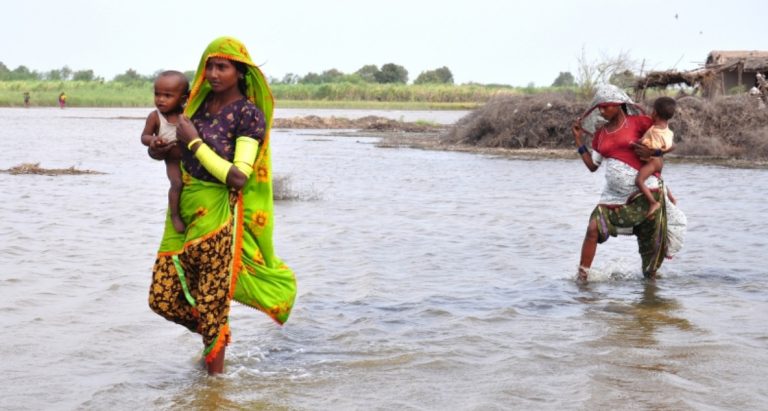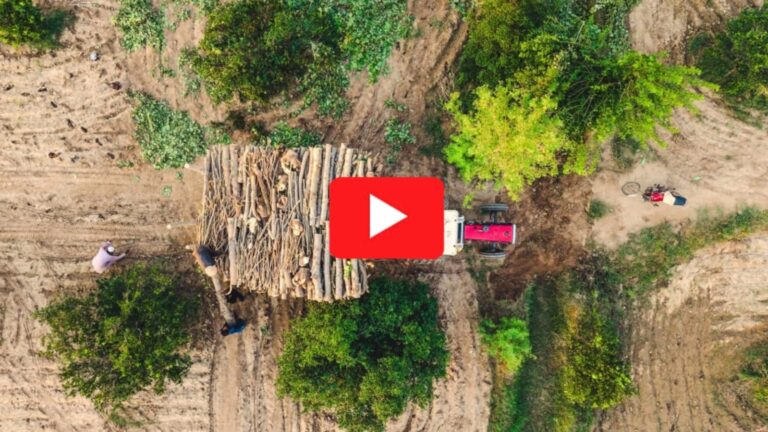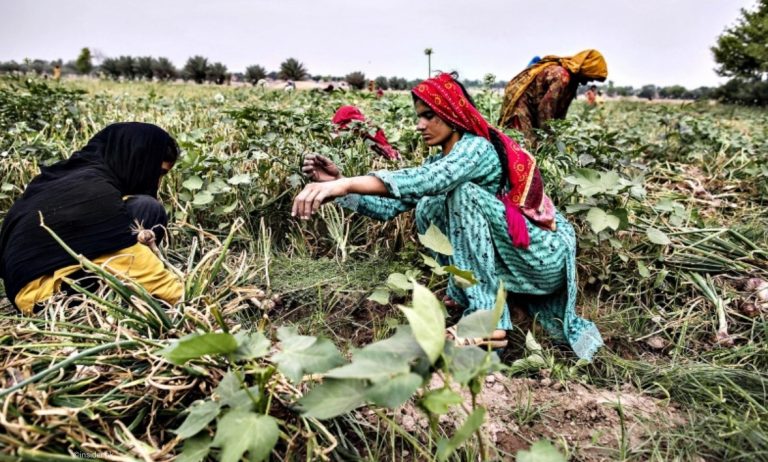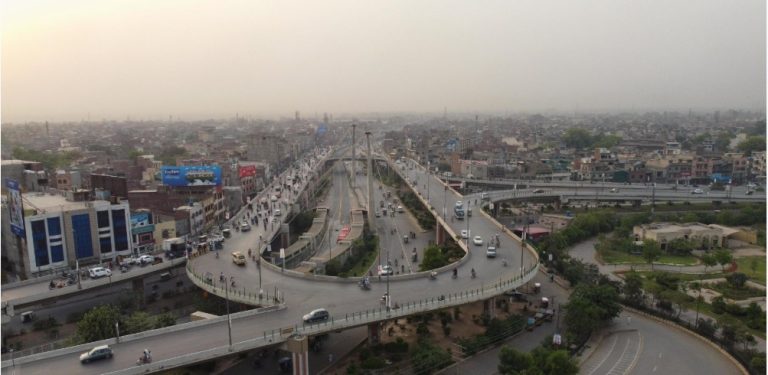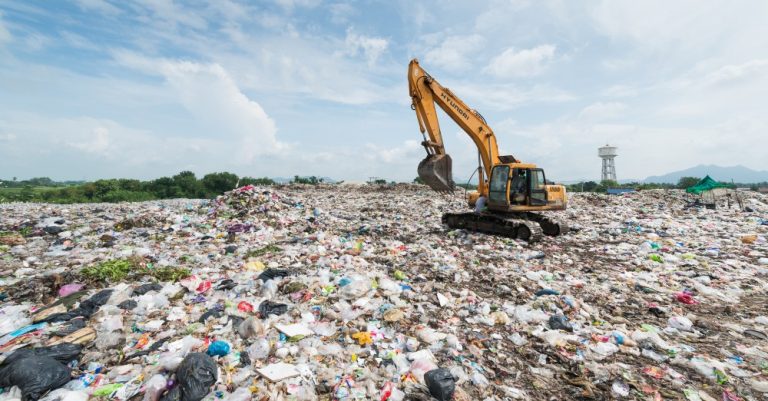Vanishing Traditions: How Climate Change is Erasing Saraiki Cultural Festivals
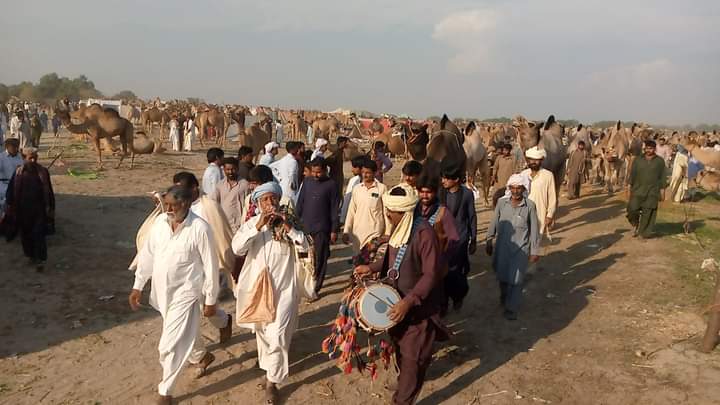
Climate change and rising global temperatures have become pressing worldwide issues, fundamentally altering natural systems. Seasons that once brought joy and comfort now often feel oppressive and unforgiving. The monsoon months of “Saavan” and “Bhadon”, celebrated in South Asian culture and literature, were once synonymous with romance and poetic inspiration. Today, however, these months are marked by unbearable heat and humidity, leaving trees scorched and withering under the sun’s relentless glare.
Although Pakistan’s contribution to global climate change is minimal, it disproportionately bears the brunt of its devastating effects. The catastrophic floods of 2022 wreaked havoc across the country, leaving scars that are far from healing. Among the hardest-hit regions was the Saraiki Waseb, commonly referred to in official parlance as South Punjab. However, these terms differ in their geographic and cultural connotations. The Saraiki Waseb spans the junction of all four provinces, with its language spoken across districts in Punjab, Khyber Pakhtunkhwa (notably Tank and Dera Ismail Khan), and parts of Sindh and Balochistan.
Geographically, the Saraiki Waseb encompasses areas along the banks of the Indus River, the western shores of the Chenab River, and extends through the Rohi Cholistan desert to Multan. The 2022 floods inflicted severe damage on riverine communities, while torrential rains ravaged the desert regions. These calamities have etched tales of destruction and resilience that will be recounted for generations.
However, the floods not only devastated agriculture the region’s economic backbone but also posed a grave threat to its rich cultural and tourism heritage. For any region, its culture and tourism are pivotal to its identity. The Saraiki Waseb’s unique traditions, language, and historical sites serve as living markers of its identity, connecting it to other regions and cultures. Yet, climate change threatens to erode this heritage.
The consequences of climate change ranging from soil erosion along rivers and vanishing forests to diminishing groundwater levels and increasing water pollution in lakes and rivers have compounded the challenges. The rampant deforestation has escalated air pollution and smog, while the neglect of cultural preservation has left the Saraiki region’s distinct identity at risk.
Cultural and tourism activities in the Saraiki Waseb have sharply declined due to these environmental changes. Some of the region’s notable cultural festivals, such as the Urs of Hazrat Inayat Shah, Hazrat Noor Shah Talai, Lal Esan Crore Chodwan, Thal Cultural Festival during the Thal Jeep Rally, and the Jal Minoti Festival in the Chobara Desert, are fading away. These festivals, once vibrant showcases of the region’s rich heritage, now face extinction in the face of shifting climatic realities.
The Saraiki Waseb, its culture, and its environment stand at a critical juncture. Without urgent action to mitigate the effects of climate change, this region risks losing not only its natural beauty and agricultural strength but also its unique identity etched in its traditions, festivals, and history.
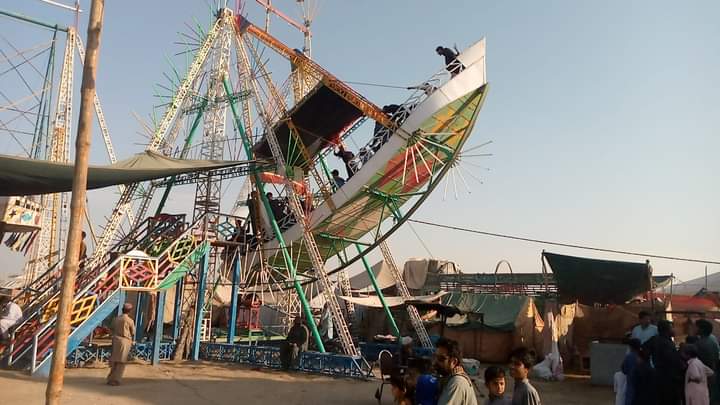
The Jal Minoti Mela
A cherished cultural event held annually in May, has all but disappeared in recent years. Once a vibrant gathering celebrating the resilience of the Jal tree (Prosopis cineraria) and its fruit, Peehlon, the festival has succumbed to the twin pressures of rising temperatures and rampant deforestation. The event, historically hosted on the “Heer Wala Teela” was a unique platform where discussions revolved around the Jal tree, Peehlon, and their ecological significance. The festival even sparked a movement to protect the ancient Jal tree, a species deeply rooted in local culture and literature.
The Jal tree has been an emblem of survival in this region, featuring prominently in Saraiki poetry, such as the timeless verses of Khawaja Ghulam Farid: “Peehlon Pakiyan Nee Way Aa Chanrhon Ral Yaar”. These verses, still integral to Sufi music, highlight the cultural significance of the tree and its fruit. The festival attracted intellectuals from across Pakistan, fostering dialogue on regional flora, fauna, and cultural preservation.
Notable figures like Ashu Lal, a revered poet of the Saraiki resistance tradition, Mazar Khan, a Presidential Award-winning storyteller, and Ahsan Wagha, a prominent Saraiki writer, enriched the event. They engaged locals on the conservation of native trees such as Jand, Phog, Lahnda, Bonhi, Dhaman, and Kikar. Environmentalist Ashu Lal famously liberated hundreds of birds, symbolizing his commitment to preserving nature.
The Jal Minoti Mela was a celebration of local heritage, drawing attendees who braved intense summer heat to gather for nights filled with storytelling, music, and camaraderie. Mornings were spent picking Peehlon before returning home with a sense of connection to their land. However, with climate change intensifying heatwaves and the large-scale deforestation of Jal forests spanning 82 kilometers for agricultural expansion under the “Green Pakistan” project, the festival has been abandoned for the past two years. Nearly 12,000 acres of Jal trees have been cleared, leaving the region bereft of its iconic trees, the historical Peehlon fruit, and the cultural vibrancy of the Jal Minoti Mela.
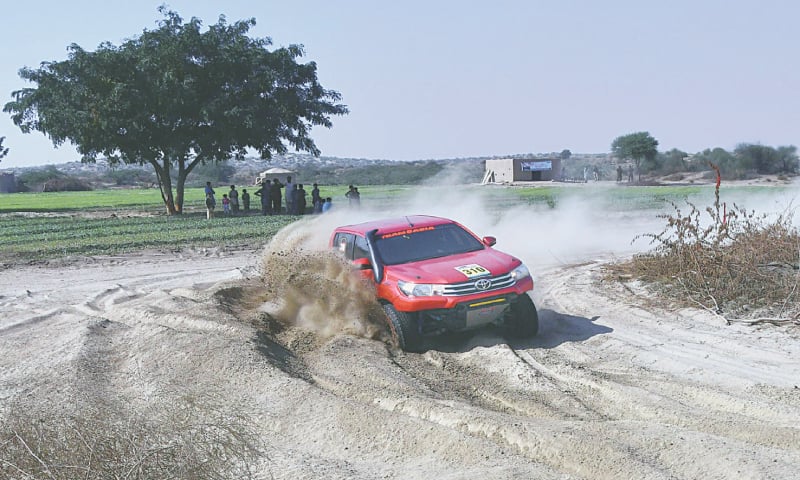
Thal Jeep Rally
A desert motorsport event organized annually in November by the Tourism Development Corporation of Punjab (TDCP), is also seeing a decline. This rally, spanning the deserts of Muzaffargarh, Kot Addu, and Layyah, begins in Muzaffargarh and culminates at Chobara, Layyah’s desert tehsil. In its inaugural year, Deputy Commissioner Syed Wajid Ali Shah of Layyah hosted the Thal Cultural Festival at the mid-point in Chobara, a three-day event featuring cultural performances and entertainment, which quickly became a hallmark of the Saraiki region.
However, since the devastating floods of 2022, the festival has struggled to regain its former glory. Extreme daytime heat and biting night time cold have significantly reduced attendance. In recent years, the final two nights of music and poetry have seen dwindling crowds, with many leaving by 8 PM due to the cold. Despite its vibrant offerings, the Thal Jeep Rally and its associated cultural festivities face an uncertain future in the face of these climatic challenges.
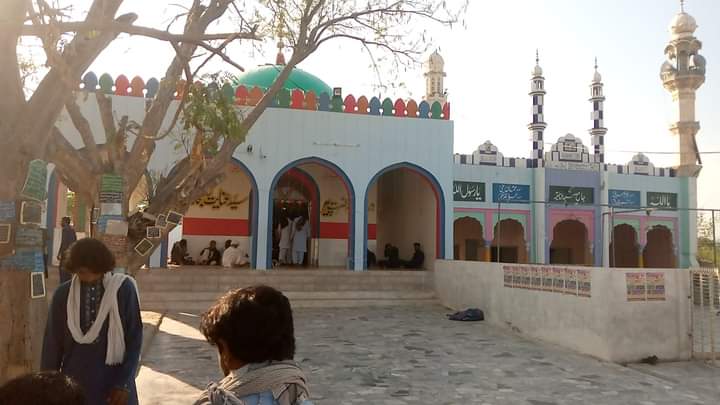
Syed Inayat Shah Mela
To the east of Fatehpur, in the deserts of Tehsil Choubara, District Layyah, lies the shrine of Syed Inayat Shah Bukhari, where a camel market and festival have been held for the past 382 years. Once ranked among Asia’s largest fairs and camel trading hubs, this event remains a significant cultural occasion in Pakistan. It continues to attract camel traders and enthusiasts from across the country, running for 10 days every March.
Two unique traditions are tied to this festival: first, the festival’s onset often coincides with light rainfall that continues until its conclusion; second, the day after the festival marks the start of chickpea harvesting in the desert region. Visitors flock to the fairgrounds, which transform into vibrant tented communities featuring musical performances, circuses, theaters, food stalls, and agricultural tool exhibits.
However, the impacts of climate change have dimmed the festival’s vibrancy. The once-predictable light rain has become either sporadic or dangerously heavy, creating harsh conditions for visitors and traders. The fair, which once generated millions of rupees in revenue, now struggles to maintain its appeal and sustainability.
Former Station Director of Radio Pakistan Multan, Asif Khan Khithran, remarked, “March typically offers pleasant weather, but in recent years especially after 2022 the rising temperatures and unpredictable climate have reduced attendance. Even popular attractions like Lucky Irani Circus, a cherished part of the festival, have pulled out due to financial losses.”
Theater, a key source of entertainment at the fair, has also suffered. Ahsan Fareedi, owner of the Saraiki theater company “Nizaman Da Theater”, shared his concerns, saying, “Our performances at fairs like Syed Inayat Shah, Noor Shah Talai, and “Choowdhwin wala mela Karor Lal Eason” have long been a livelihood for dozens of artists. But over the past three years, extreme weather has severely affected our income. Outdoor theaters are closed for six months a year, and many performers now face destitution.”
Veteran artist Akram Nizami, who has spent 30 years performing, lamented, “The closure of outdoor theaters has left me without work. I’ve struggled to provide for my family, and my children’s education has suffered as a result. I was eventually forced to move to Saudi Arabia for work, which has disconnected me from my craft and my audience back home.”
The impacts of climate change are not limited to festivals but have also brought tragedy to the Saraiki cultural scene. On October 12, 2023, a fatal accident in Paka Ghanzira, Mianwali, claimed the lives of renowned Saraiki folk singers Sharafat Ali Khan Baloch and his brother Anwar Ali Khan. Driving home late at night with their musicians, their vehicle plunged into a canal due to dense fog, killing the brothers and three others. These two iconic voices, who had captivated millions, were silenced forever, leaving their families in dire financial straits.
Festivals and fairs in Southern Punjab, once vibrant expressions of Saraiki culture and sources of local tourism and commerce, are increasingly falling victim to climate change and its cascading effects. Without intervention, these cherished traditions risk being lost forever.


